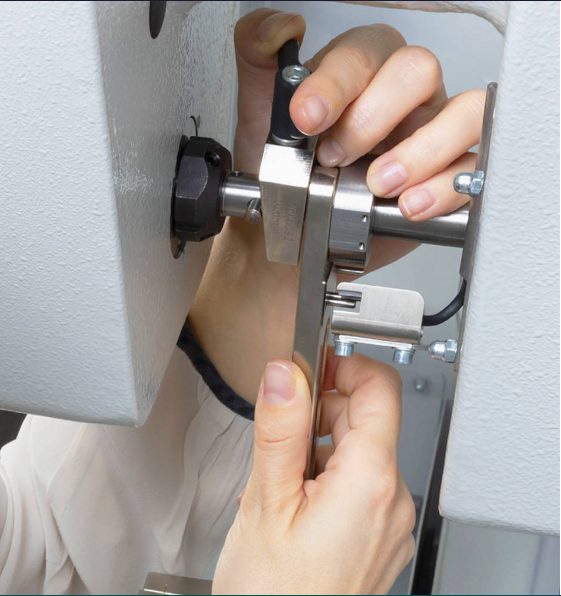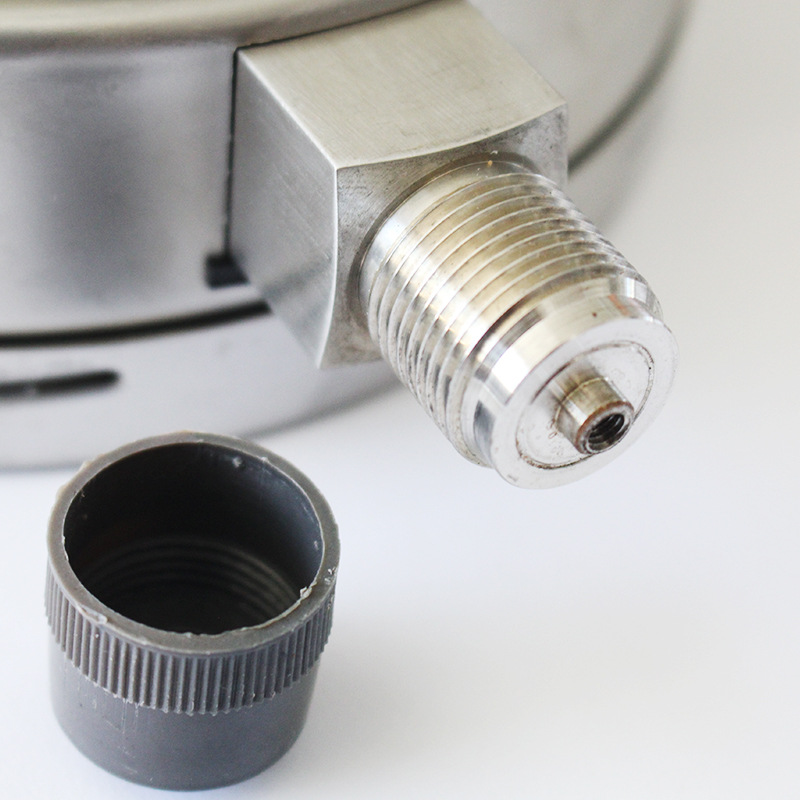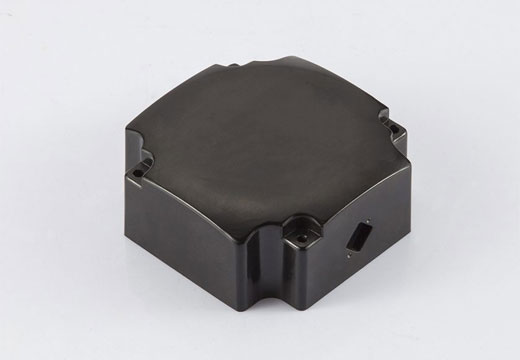Core Points for Selecting High-Quality Explosion-Proof Housings
Selecting a high-quality housing for your explosion-proof instruments and effectively reducing its total cost of ownership requires comprehensive consideration. Below, I will provide a detailed guide from two aspects: Key Selection Points and Total Lifecycle Cost Control.
1. Core Points for Selecting High-Quality Explosion-Proof Housings
When choosing an explosion-proof housing, never focus solely on price or appearance. The following points are crucial to ensuring safety and quality:
- 1.
Precise Matching of Explosion-Proof Type and Certification
- •
Explosion-Proof Type is Fundamental: First, clarify which explosion-proof type your equipment requires, such as Flameproof (Ex d), Increased Safety (Ex e), Intrinsic Safety (Ex i), etc. The flameproof type is one of the most common. Its housing is strong enough, with specially designed interface gaps that can withstand internal explosions and prevent flames from propagating to the external environment•
Certification is Crucial: The product must pass national or international explosion-proof certification, such as China's GB3836 series of standards, international IECEx, or European ATEX certification. Certification costs may account for 8%-12% of the product's purchase price, but this investment is vital. When purchasing, be sure to confirm that the product has a valid explosion-proof certificate and verify that the explosion-proof marking fully matches your application environment (e.g., gas group, temperature class).
- •
- 2.
Strict Control of Materials and Processes
- •
Material Selection: Common materials include die-cast aluminum alloy, stainless steel (e.g., 304, 316L), engineering plastics, etc. 316L stainless steel performs excellently in highly corrosive environments (e.g., offshore platforms, chemical industry). Die-cast aluminum alloy is a mainstream choice, offering high strength, relatively light weight, good heat dissipation, and corrosion resistance (usually requiring surface treatment like spraying or anodizing).
- •
Material Composition and Process: For metal housings, especially light alloys (e.g., aluminum alloy), the content of light metal components such as magnesium, titanium, and zirconium must be strictly controlled to prevent mechanical sparks from impact or friction. For example, in Group II EPL Gb equipment, the total content of magnesium, titanium, and zirconium is not allowed to exceed 7.5%. Surface treatment (e.g., electrostatic spraying) is not only for aesthetics but also crucial for corrosion resistance and durability.
- •
Craftsmanship and Structure: The housing should have good impact resistance, capable of absorbing and dispersing impact force. The precision of the flameproof joint surface (gap width, surface roughness) is the core of the flameproof performance, requiring extremely high machining accuracy. The Ingress Protection (IP) rating must also not be ignored. For example, gas flameproof enclosures require a protection level of at least IP54, while outdoor or harsh environments may require IP66/IP67.
- •
- 3.
Meticulous Details and Design
- •
Sealing: Good sealing and waterproof performance are crucial to prevent liquids or gases from entering the product's interior. The sealing structure (e.g., a double-loop O-ring design) is key to ensuring the protection rating and explosion-proof performance. Its cost might be three times higher than that of ordinary rubber rings, but this investment is necessary.
- •
Fasteners: Fasteners for explosion-proof housings also have special requirements. For instance, the material should be stainless steel or treated with anti-rust plating. Bolts of M6 and below are not recommended due to being prone to rust and breakage during tightening.
- •
Transparent Parts and Viewing Windows: If the housing has a window, its transparent part (e.g., explosion-proof glass) must also meet the requirements of explosion-proof standards.
- •
The following table summarizes the main characteristics of explosion-proof housings made from different materials to help you quickly compare:
Characteristic Dimension | Die-Cast Aluminum Alloy | Stainless Steel (e.g., 316L) | Engineering Plastics |
|---|---|---|---|
Main Advantages | High strength, light weight, good heat dissipation, cost-effective | Excellent corrosion resistance, high strength, suitable for highly corrosive and hygienic environments | Light weight, no rust, impact resistant, flexible design |
Main Considerations | Requires strict control of light metal content; surface treatment is crucial for corrosion resistance | Higher cost, heavier weight | May be affected by temperature, humidity, light; poor conductivity requires anti-static treatment |
Typical Applications | Widely used in various explosion-proof instruments, mainstream choice | Offshore platforms, chemical, pharmaceutical, food industries (highly corrosive environments) | Specific explosion-proof types (e.g., intrinsic safety), medium-risk areas, portable equipment |
Protection & Treatment | Usually requires surface treatment (e.g., spraying, anodizing) to improve corrosion resistance | Inherently highly corrosion resistant, surface can be polished or treated | Requires adding anti-static materials or measures to dissipate static electricity quickly |
2. Strategies for Reducing Total Cost of Ownership (TCO)
The initial purchase cost of a high-quality explosion-proof housing may be 15%-40% higher than that of a standard housing. However, its advantages lie in longer service life, lower failure rates, and reduced maintenance needs, thereby significantly lowering the total cost of ownership over its entire lifecycle.
- 1.
Initial Purchase: Focus on Value, Not Just Price
- •
Certification Cost: Choosing products that already have international certifications like ATEX, IECEx, etc., saves you the enormous cost and time of obtaining certification yourself, even though the certification cost may account for 8%-12% of the product price.
- •
Material and Process Cost: Choosing a housing made of 316L stainless steel or high-quality engineering plastic composite material may cost about 25% more than ordinary ABS plastic, but it can effectively address issues like corrosion and reduce subsequent maintenance.
- •
- 2.
Usage and Maintenance: Prevention is Key
- •
Reducing Failure Rate: The Mean Time Between Failures (MTBF) of high-quality explosion-proof housings can reach 8500 hours, which is a 320% improvement over standard types. This means fewer unexpected shutdowns and higher production continuity.
- •
Extending Replacement Cycle: The explosion-proof design can extend the sensor's replacement cycle from 3-5 years for standard types to 8-10 years. Although the mandatory scrapping cycle for explosion-proof equipment (10 years) is longer than for standard equipment (8 years), and the unit annual cost might increase by 18%, it remains a more economical choice considering the long-term comprehensive benefits.
- •
Optimizing Maintenance Costs: Statistics show that the annual maintenance cost of explosion-proof sensors can be reduced by up to 45%. In scenarios like oil and gas pipeline monitoring, after adopting explosion-proof equipment, fault repair costs can be reduced by 67%.
- •
- 3.
Scrapping and Replacement: Planning for Long-Term Benefits
- •
Safety Cost Savings: This is the largest hidden benefit. High-quality explosion-proof housings can significantly reduce the risk of safety accidents. Statistics show that explosion-proof sensors can reduce major safety hazards by 82%.
- •
Residual Value and Recycling: Some high-quality metal material housings (e.g., stainless steel, aluminum alloy) may have certain recycling value.
- •
3. Summary and Recommendations
Choosing a high-quality explosion-proof instrument housing is a decision that concerns safety, reliability, and economic efficiency.
- •
Primary Principle: Safety and Compliance First. Always prioritize matching the explosion-proof type and confirming certification.
- •
Core Strategy: Material and Process are Key. Select the appropriate material and manufacturing process based on the specific application environment (corrosion, humidity, temperature, impact, etc.).
- •
Cost Perspective: Consider the Entire Lifecycle. Don't be misled by the initial purchase price; comprehensively consider factors like certification, maintenance, downtime, safety risks, and equipment lifespan.
It is recommended that during the procurement decision-making process, you establish a "Scenario-Technology-Cost" three-dimensional evaluation system, prioritize products that have passed both IECEx and ATEX certifications, and engage in in-depth communication with reliable suppliers possessing technical strength. They can provide you with professional advice more tailored to your specific needs.
Hope this information helps you make an informed choice.
 How does our quality inspection laboratory conduct impact testing and airtightness testing on oil-filled explosion-proof instrument housings?
How does our quality inspection laboratory conduct impact testing and airtightness testing on oil-filled explosion-proof instrument housings?
 Quality Control
Quality Control
 Quality Control
Quality Control


